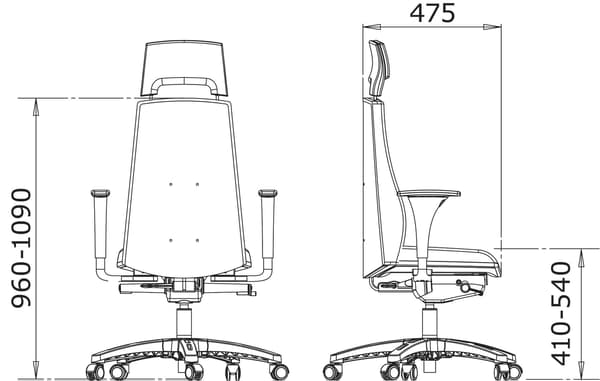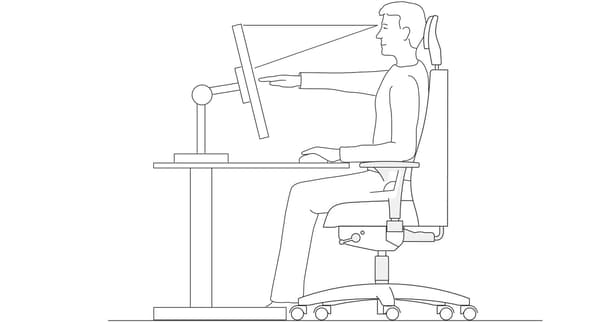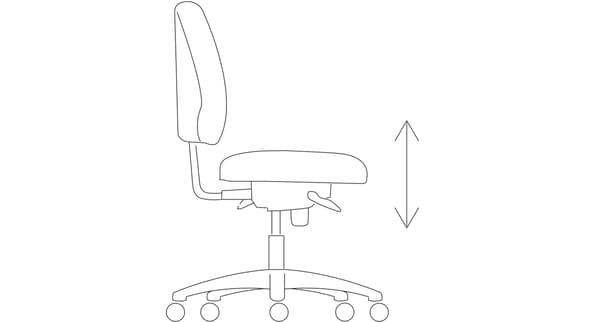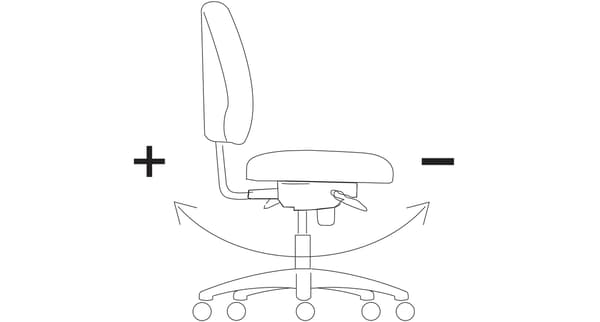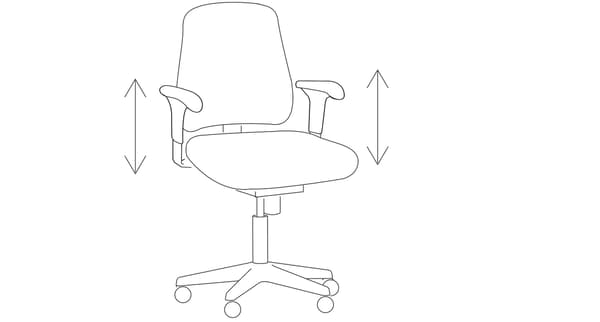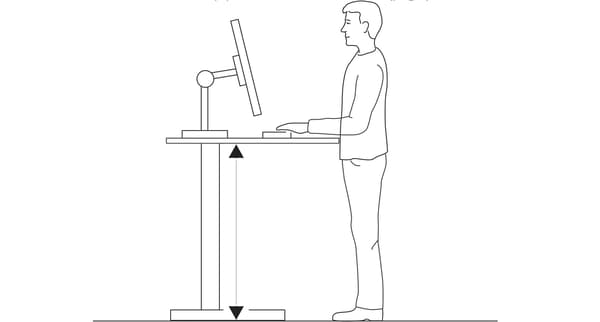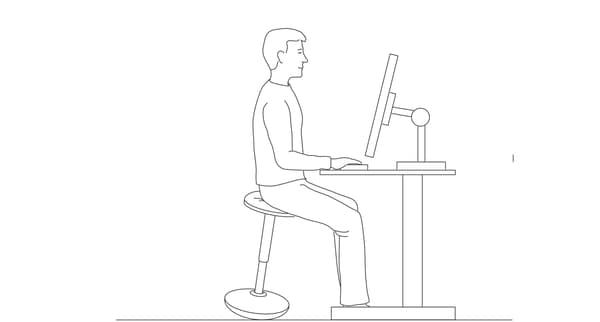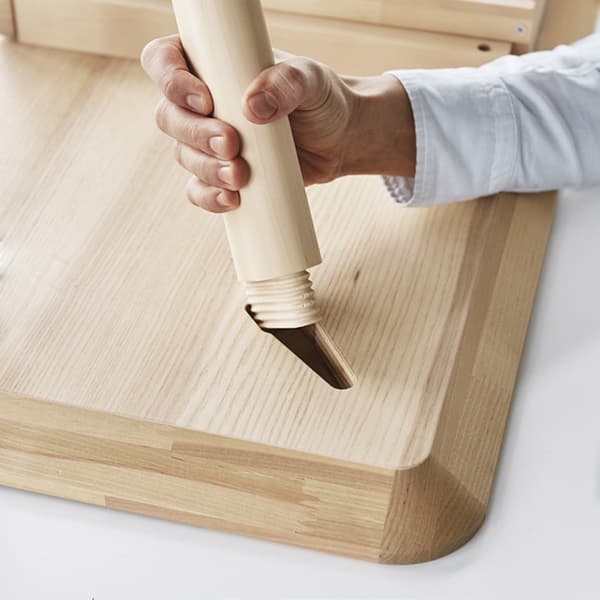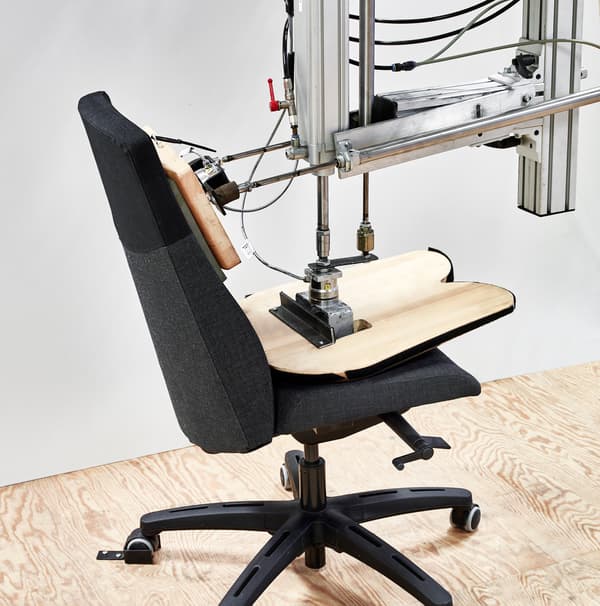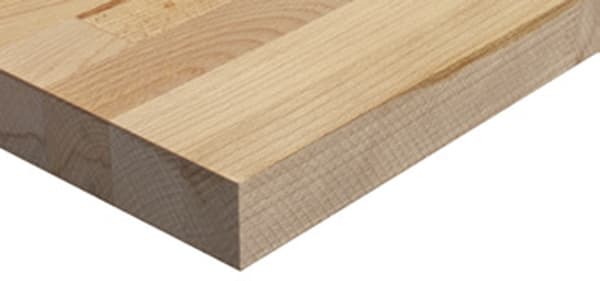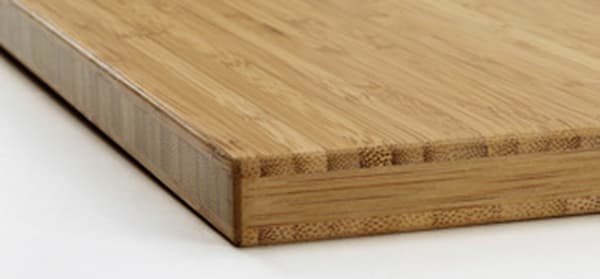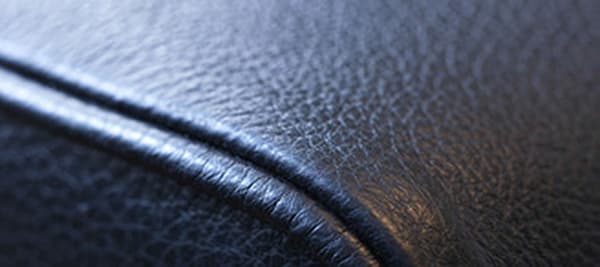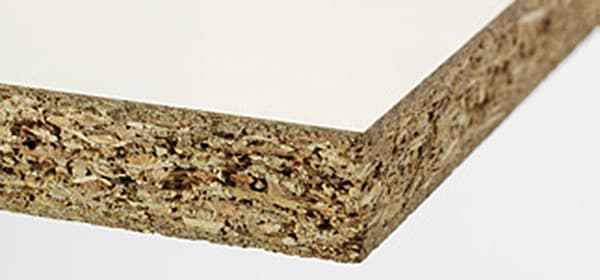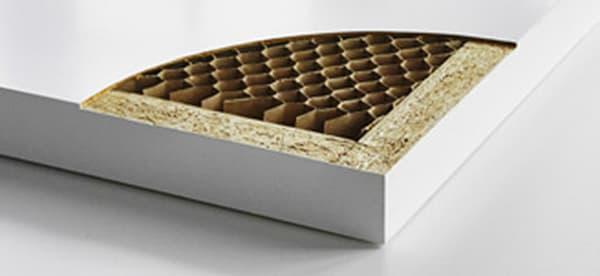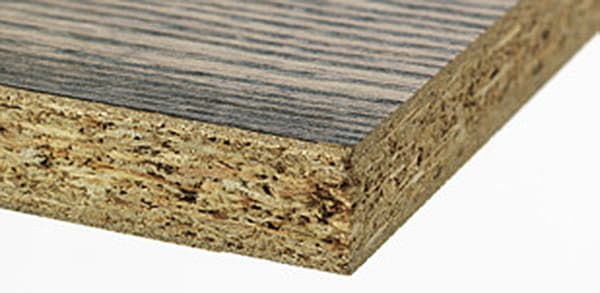Office ergonomics
Create the best workspace for you
Many of us spend the majority of the day at a desk. A comfortable workspace is essential for our health and well-being. Since we are all different shapes and sizes, it is important to have office furniture that can be customised to our personal needs.

What’s an ergonomic space?
Ergonomics is about designing products or environments to make them safe and comfortable for people to use. An ergonomic workspace is one that is customised to your personal needs, allowing you to work in a comfortable and safe way.
Feel good and work better
We want to help you achieve an ergonomic working environment that suits you and promotes good health. This means adjusting the workspace to your needs, adopting an ergonomic position and keeping as mobile as possible. The human body is made to move, so ideally, your workspace should give you the choice of sitting, standing and leaning, allowing you to change positions often. And if you feel good at work, you will work better.
Some ergonomics tips
You should be able to stretch your legs under the table and turn 90° to the left and right for freedom of flexibility. The hips and knees should be at an angle of approx 95-100° with your feet flat on the floor.
Quality and High-quality testing
International standards
We test that our products are in line with international standards according to or set by EN and ANSI/BIFMA.
In addition, IKEA has its own chemical and quality testing.
EN
EN stands for European Norm. These standards are recognised throughout Europe and they assure strength, durability and stability.
ANSI/BIFMA
ANSI is the American National Standards Institute, which creates and oversees norms and standards, and accredits organisations like BIFMA to formulate tests for different sectors.
BIFMA, the Business and Institutional Furniture Manufacturers Association, creates standards for business furniture with the highest safety standards. The professional office furniture from IKEA is tested according to BIFMA’s safety and resistance requirements.
How we test our office furniture
Desk and office chairs
Desk chairs that are intended for home use are tested to assure they are comfortable, stable, safe and durable. The series of tests we put our office chairs through are more rigorous to meet the strict requirements on stability, strength and durability. For instance, the chairs are subjected to heavy loads up to about 300 000 times.
Desks
Desks for home use are subjected to various tests including stability, strength and durability tests. The kinds of tests that are carried out depends upon the design of the desk, and which areas of the desk that are expected to be most exposed to wear and tear. Tests carried out on desks for professional use are stricter than those for home use.
Desks that meet those standards will adhere to the following standards: EN 527, ANSI/BIFMA X5, which means we test their stability, durability and safety. For example, we might test the strength of a product by subjecting it to a verticle force of 100 kg for 10 seconds × 10 times.
Storage
Quality tests are carried out on storage furniture for safety and durability. Different parts including doors, drawers, surfaces and wheels are subjected to different tests. Storage furniture that has been tested for office use is labelled with the following standards: EN 14073 and ANSI/BIFMA × 5.9.
Materials
We care about what goes into our products and always aim to use resources in the most efficient way possible. We choose our materials carefully while keeping prices low. Some materials work better for certain furniture depending on its use and design. For example, Melamine is often used in table tops because it has high surface resistance against scratches and marks.
Plastics
A synthetic or semi-synthetic material that can be moulded and is made from oil or natural gas but also from plants. There are two categories of plastics: thermosplastics that can be heated, moulded and melted, and thermoset plastics that cannot be remelted. The most commonly used in IKEA are thermoplastis such as polycarbonate and polypropylene.
Wood plastic composite (WPC)
A mixture of wood and fibre that is moulded into a form, combining the advantages of the two materials. It is strong and lighter than other plastics, making transportation costs lower and reducing environmental impact.
Paint & lacquer
Powder coating is a process where dry powder paint is applied to a surface, often metal. It is an efficient and environmentally sustainable technique since there’s little waste of powder and no solvents are used.
